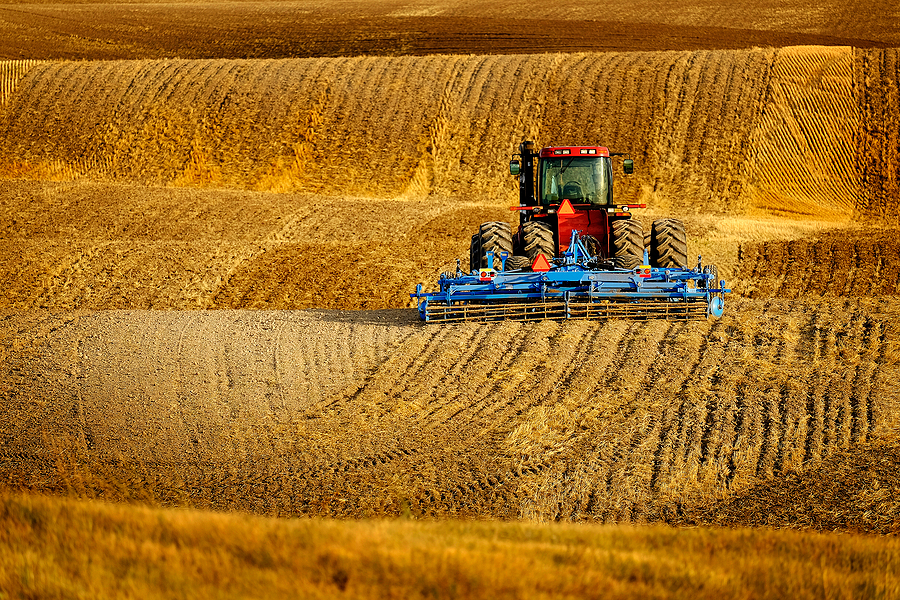Precision agriculture integrates advanced technologies into farming to enhance efficiency, improve crop yields and reduce waste. Data-driven methods can optimize water, fertilizer and pesticide use. To secure the future of food production, protect the environment and strengthen the economy, the United States must invest in precision agriculture technologies to grow more food with fewer resources and remain globally competitive.
Precision agriculture relies on 5G connectivity, artificial intelligence, geospatial tools, Internet of Things sensors, cameras and drones to enhance farming accuracy. While “smart farming” involves automation across agriculture, precision agriculture focuses on using resources efficiently to maximize productivity. Precision agriculture has a much broader national and global implication for its potential to improve food security, environmental health and economic growth.
Ensuring a stable food supply is a major global challenge. With a growing population, increasing food production efficiency is essential. Precision agriculture boosts yield and reduces post-harvest losses through real-time storage monitoring. It also promotes environmental sustainability by cutting excessive fertilizer and pesticide use, preventing soil degradation, water pollution and emissions.
Precision agriculture drives economic growth and technological innovation. AI-powered farming creates jobs and supports rural development. Expanding technology infrastructure also enhances climate resilience by using AI models to predict droughts, floods and pest outbreaks, enabling farmers to take proactive steps. By improving soil health and promoting crop diversity, precision agriculture ensures long-term food production stability.
A key driver of precision agriculture is the integration of Open Radio Access Network (O-RAN), artificial intelligence and 5G technology. O-RAN enables flexible 5G network deployment, reducing costs and expanding connectivity in rural areas. Its open network architecture reduces dependency on proprietary hardware, making agriculture more affordable. AI processes vast agricultural data, offering predictive insights that improve decision-making. Meanwhile, 5G ensures high-speed, low-latency data transmission, delivering real-time insights essential for precision farming.
The United States can lead in O-RAN-based, AI-driven, 5G network precision agriculture. While China and South Korea have advanced large-scale O-RAN 5G networks, the United States has faced economic and regulatory hurdles. However, government initiatives, such as the National Telecommunications and Information Administration grant funding for O-RAN development, are a positive signal.
Policymakers who prioritize NTIA funding are making a critical investment in the future of American agriculture, strengthening the country’s ability to compete globally while securing food production for generations to come.
Increased investment in these technologies can bridge the digital divide in rural areas, ensuring farmers have the connectivity needed for real-time monitoring and automation. High-speed internet in rural areas, which make up 97 percent of the country’s landmass and is home to more than 80 million people, supports economic development, improves access to education, healthcare and business opportunities. Additionally, by integrating AI-driven analytics with precision farming, the United States can reduce reliance on imported food, ensuring a more resilient supply chain.
Precision agriculture has transformative applications. AI-powered analytics use data from drones, satellites and Internet of Things sensors to monitor crop health. With 5G-enabled O-RAN, real-time data transmission alerts farmers to pests, diseases or nutrient deficiencies. AI models analyze this data and recommend targeted interventions, reducing crop failure and increasing yields. AI-driven irrigation systems use real-time soil moisture data to optimize water use, cutting waste and helping drought-prone regions.
Livestock’s health also benefits from precision agriculture. Smart collars with Internet of Things sensors track livestock movement, health and behavior. O-RAN-enabled 5G connectivity allows real-time monitoring and alerts for abnormalities and illness. AI processes this data to predict potential health issues, enabling early intervention and reducing financial losses. Autonomous farm machinery and drones further improve efficiency. Self-driving tractors, robotic harvesters, and AI-optimized drones for planting and spraying operate with O-RAN and 5G support, cutting labor costs and environmental effects while maximizing productivity.
Predictive yield modeling enhances planning and resource use. AI analyzes historical weather patterns, soil conditions and crop performance to forecast yields. With O-RAN and 5G, farmers can access cloud-based AI platforms providing real-time insights, allowing them to make informed decisions and minimize losses due to unpredictable conditions. This precision helps farmers plan better and respond proactively to challenges.
Precision agriculture is a game-changer that helps farmers boost yields, lower costs and improve sustainability. By investing in O-RAN, AI and 5G infrastructure, the United States can solidify its role as a global leader in agriculture while ensuring national food security.
Policymakers, industry leaders and agricultural stakeholders must prioritize precision agriculture. Its benefits go beyond farms, shaping economic growth, environmental protection and food production. The United States has the expertise and resources to lead, and it must demonstrate the commitment to do so. The government’s investment in advancing technology will be a significant benefit to farmers, our economy and food security in the United States and globally.


